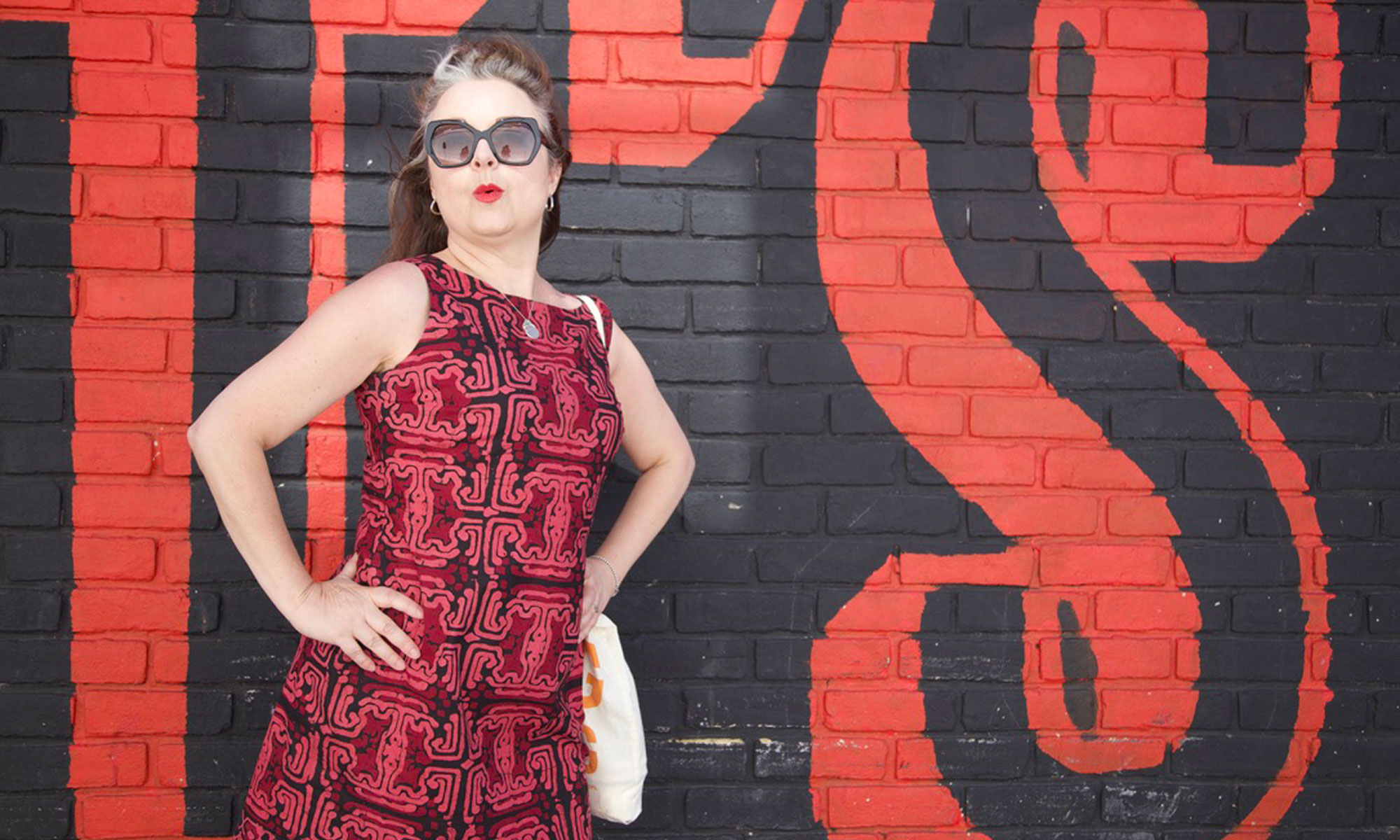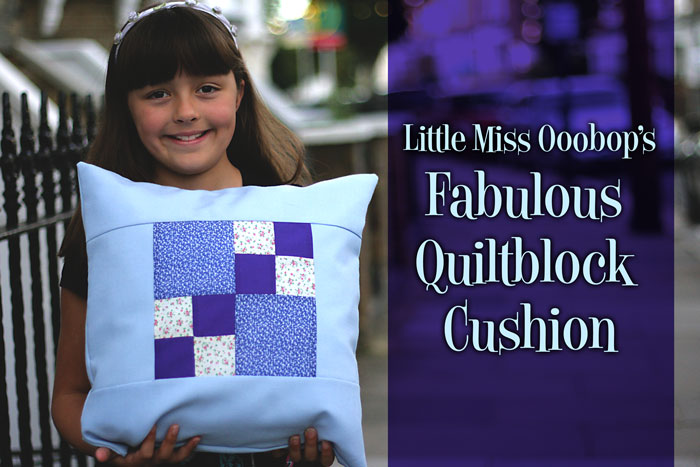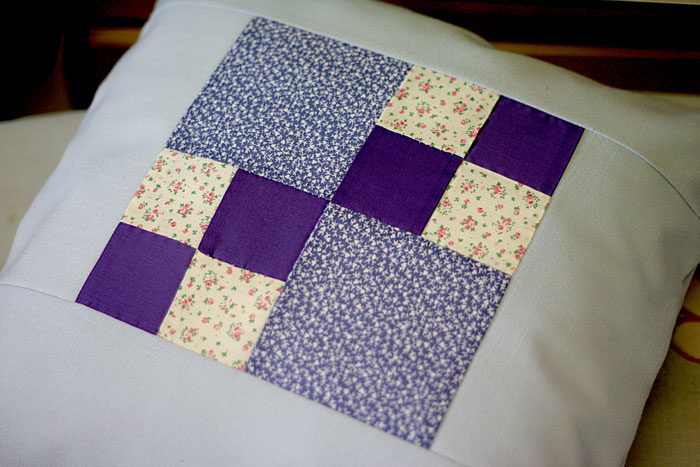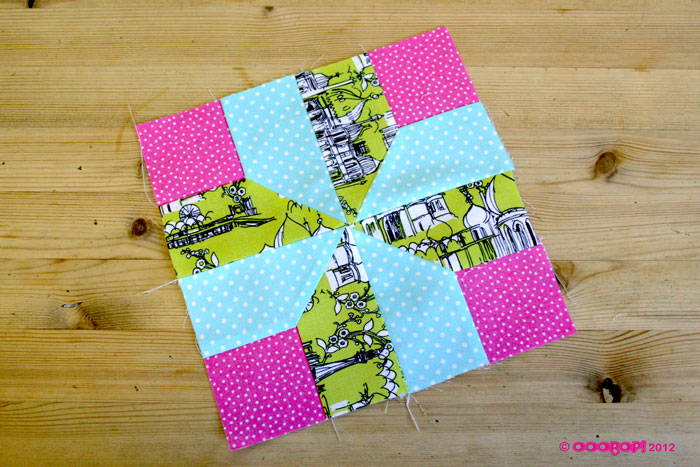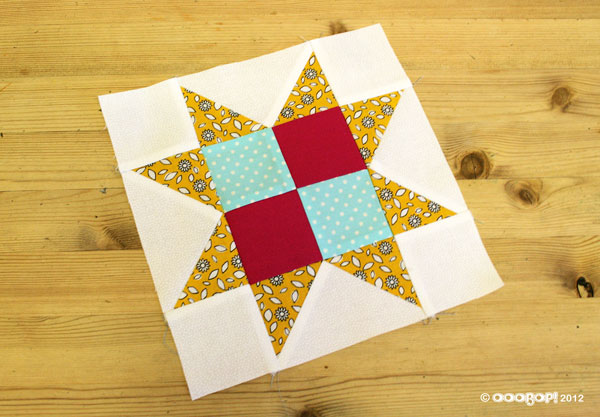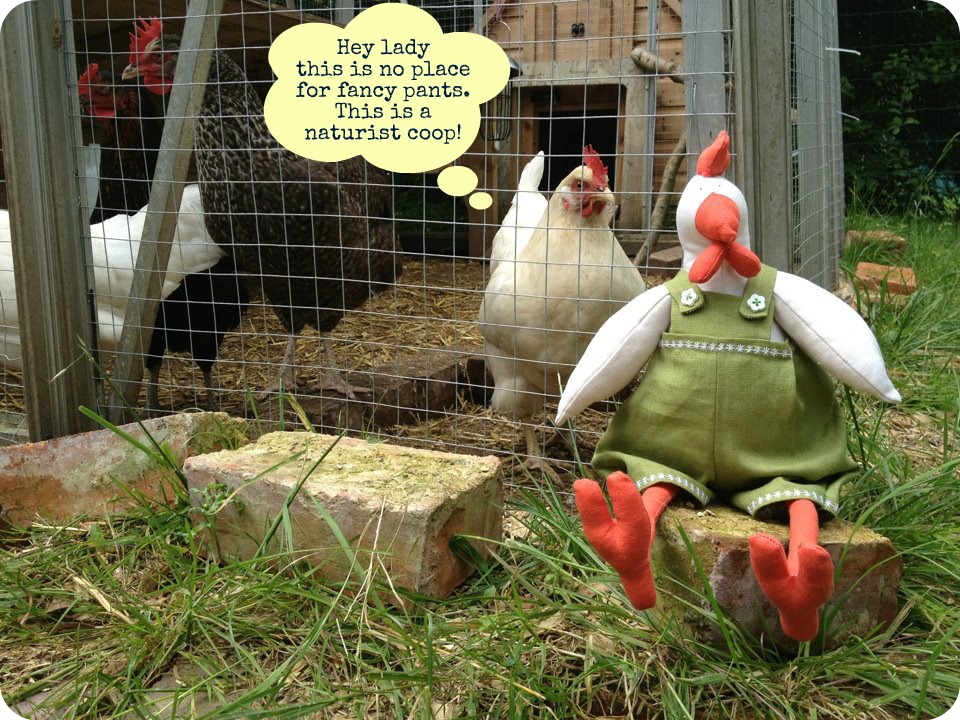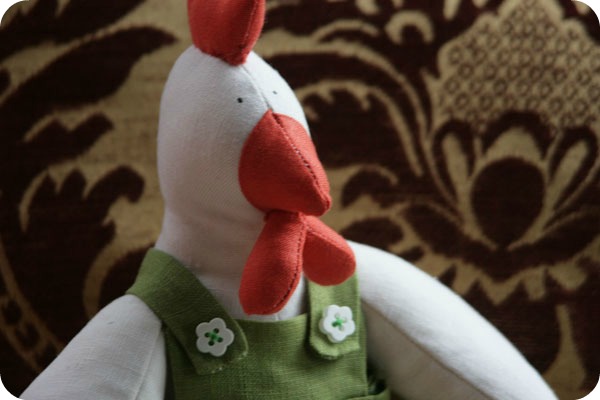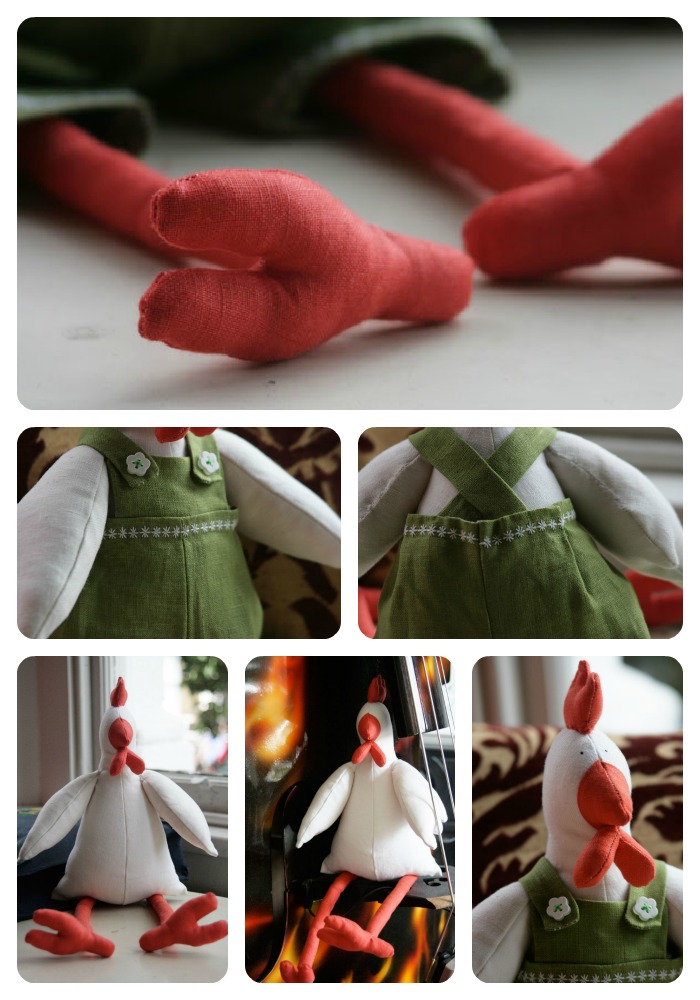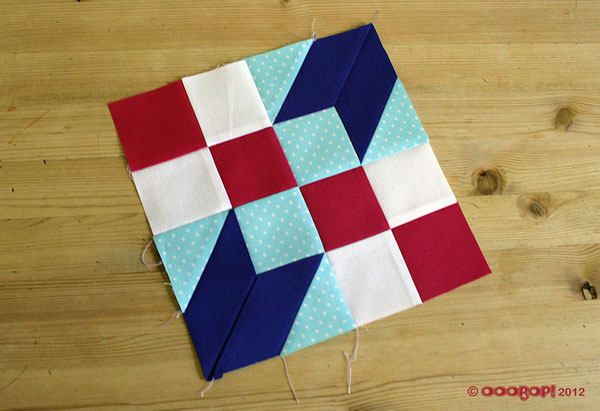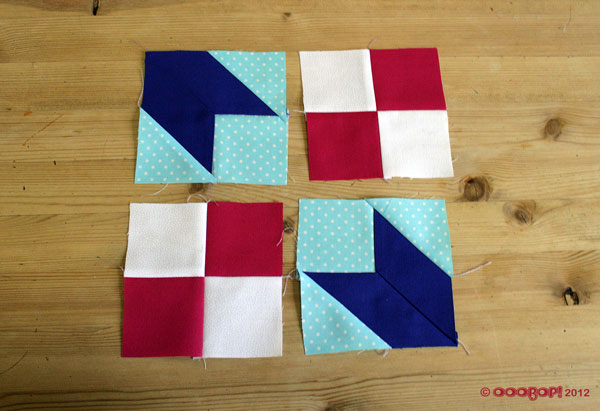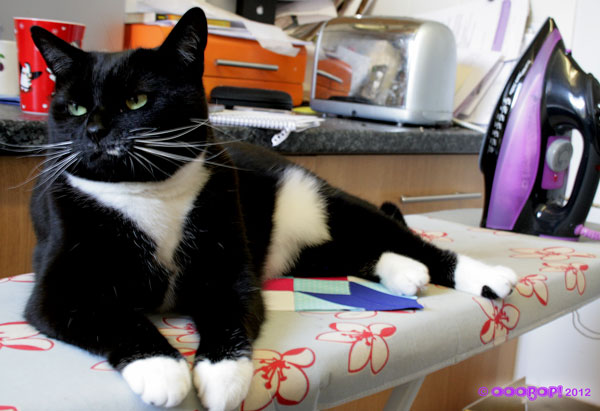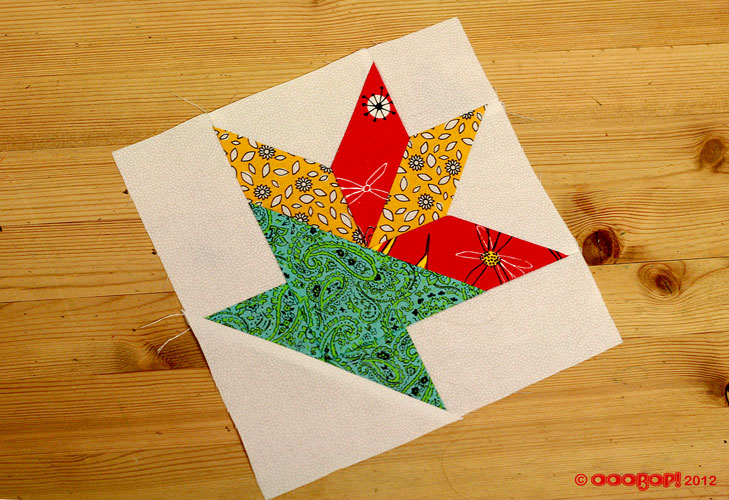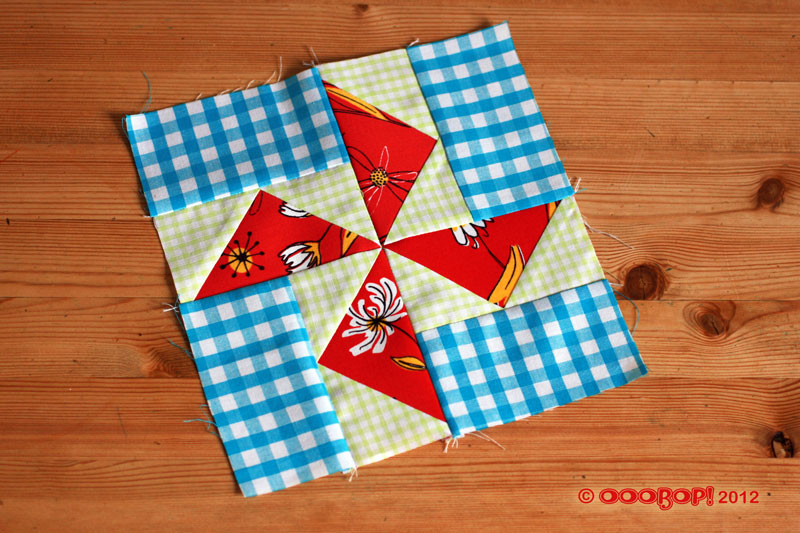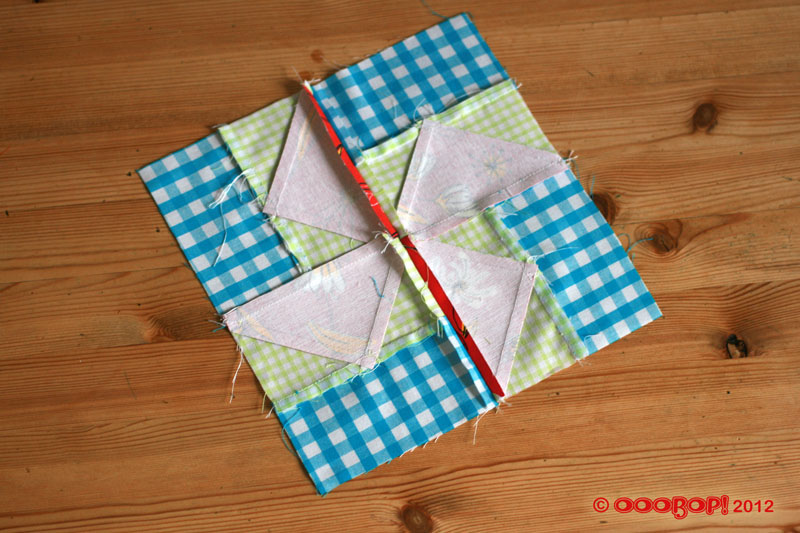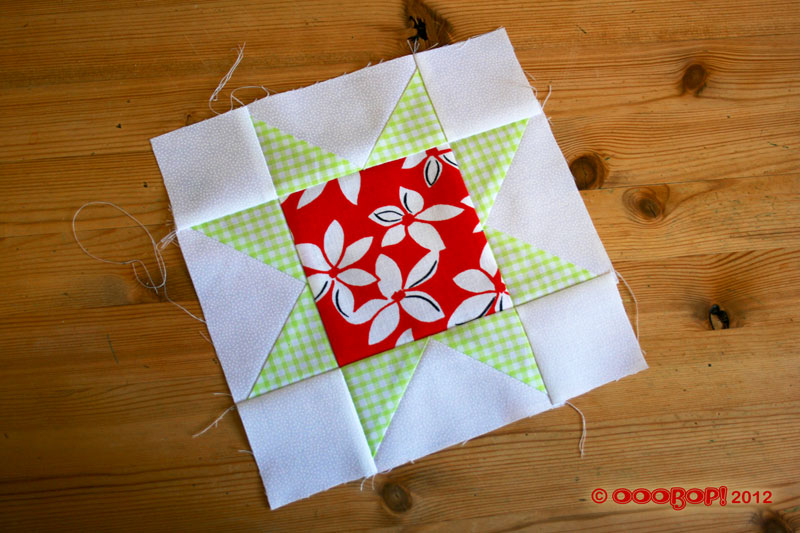Let it not be said that my littlest daughter doesn’t finish anything! I am so proud of her and I think you can tell by the photos that she is pretty damned pleased with herself too! And most amazingly, all the photos were bribe-free! No hard cash, no ice creams…. nuffink!
 She made the central quilt block – a double four patch – back in January. She sewed each little square by hand and made such a neat job of it. I can honestly say I wouldn’t have done any better myself!
She made the central quilt block – a double four patch – back in January. She sewed each little square by hand and made such a neat job of it. I can honestly say I wouldn’t have done any better myself!
So this weekend, when she asked if she could turn the block into a cushion cover I dutifully abandoned any sewing plans of my own, made a dash to the market for a cushion pad, and did some maths to work out the remaining blocks needed for the front panel and two for the envelope back pieces. Actually, the maths, was probably the most time consuming part of this project!
I had the powder blue linen in stash so this counts as a minor stash bust too…yay!
And Little Miss Ooobop! cleverly rooted through the button box to seek out these lovely purple buttons for the back.
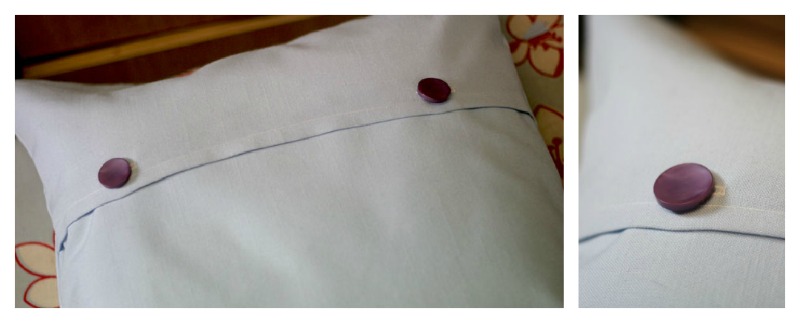 She loved being the ‘master of the machine’! And as soon as she’d finished the cover she was practicing the different stitches for her next project!
She loved being the ‘master of the machine’! And as soon as she’d finished the cover she was practicing the different stitches for her next project!
It is so lovely to share a child’s enthusiasm. Especially when it is focussed on something so basic and traditional. I know I can’t push it too far. I so don’t want to put her off. She has to come to me with her own desire for crafting but I might just happen to plant a little creative seed of thought every now and then!
